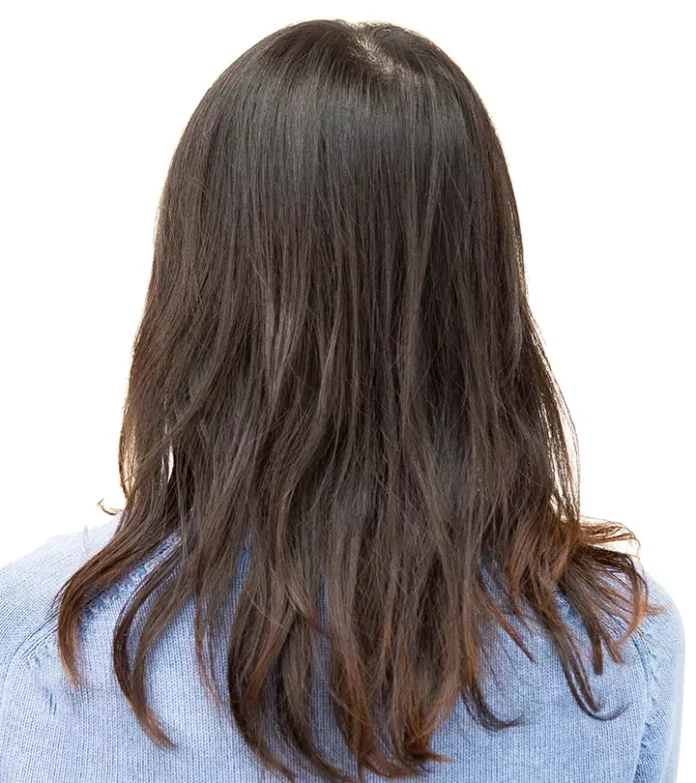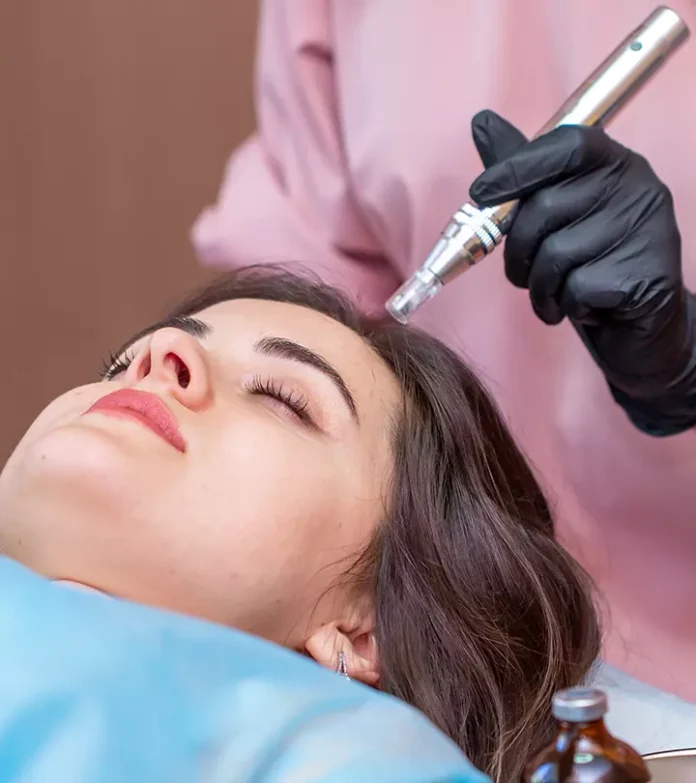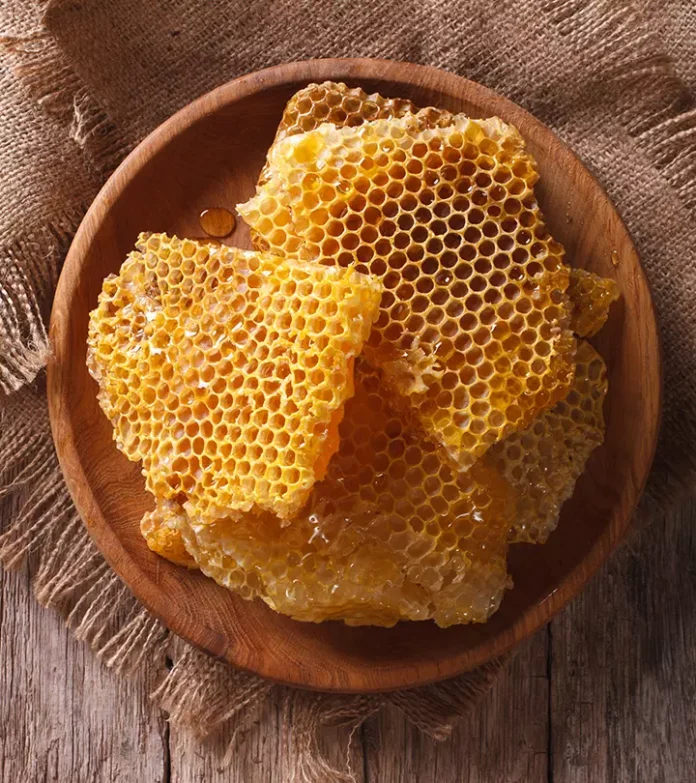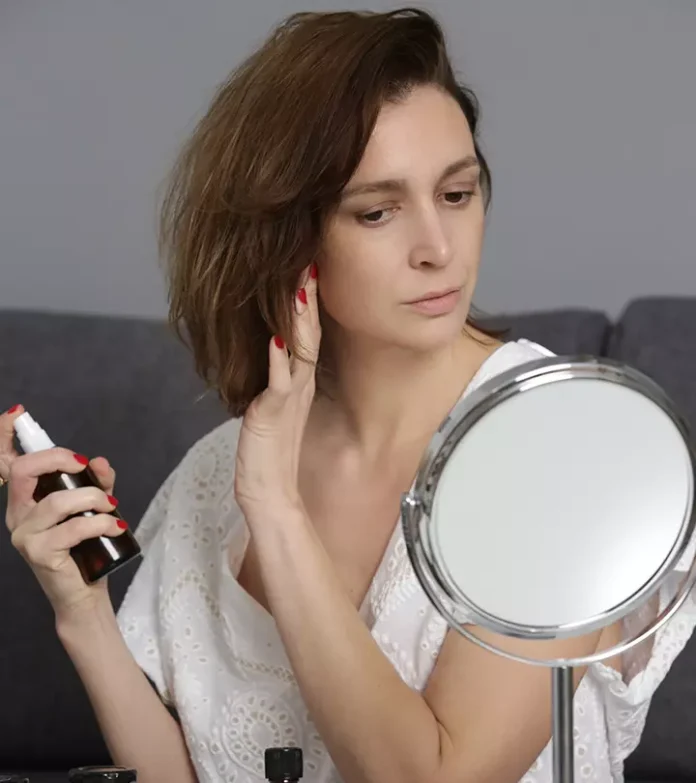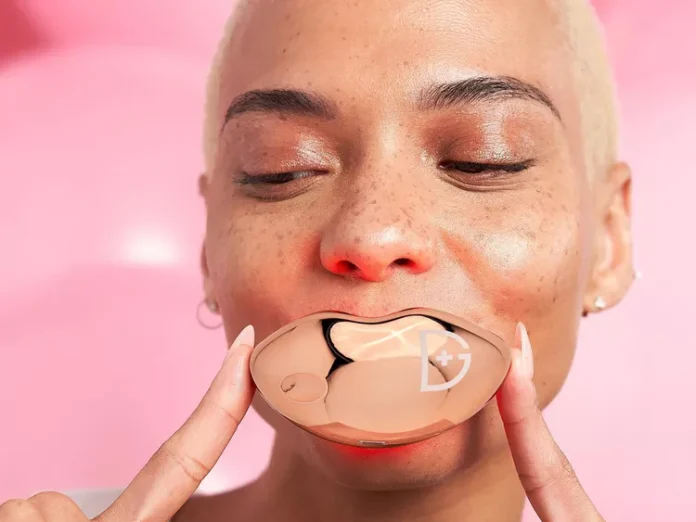Tattoo removal is a process that requires careful consideration, as it involves various aspects such as pain, cost, and potential risks. Here’s what you need to know about tattoo removal:
- Pain Level: The level of pain during tattoo removal can vary depending on individual tolerance and the size and location of the tattoo. Generally, it is considered a painful procedure. Laser tattoo removal works by breaking down the ink particles, which can cause a stinging or burning sensation. However, numbing creams or local anesthetics can be used to minimize the discomfort.
- Cost: The cost of tattoo removal depends on several factors, including the size of the tattoo, the number of sessions required, and the laser technology used. Multiple sessions are often needed to achieve complete removal. It’s essential to discuss the cost and payment options with your tattoo removal provider upfront.
- Techniques: There are different techniques available for tattoo removal, the most common being laser removal. Lasers target the ink particles and break them down, allowing the body’s natural processes to eliminate them. Other methods may include surgical excision or dermal abrasion, but these are less commonly used.
- Success Rates: Tattoo removal results can vary, and complete removal may not be guaranteed. The success depends on factors like the tattoo’s color, size, and depth. Darker inks and larger tattoos may be more challenging to remove. Multiple sessions are typically required to achieve the best possible outcome.
- Side Effects: Along with pain, some common side effects of tattoo removal include redness, swelling, and scarring. These usually subside within a few days to weeks. However, there is a risk of potential complications, such as infection or pigmentation changes. It’s important to follow the post-treatment instructions provided by your practitioner.
- Professional Expertise: Choosing a qualified and experienced tattoo removal specialist is crucial. Look for someone who is certified and has a good track record. They should be able to assess your tattoo and provide an accurate estimate of the number of sessions needed and the expected results.
- Preparation and Aftercare: Before the tattoo removal session, it’s important to avoid tanning and protect the area from sun exposure. After the procedure, keep the treated area clean, apply soothing lotions, and follow any specific aftercare instructions given by your provider.
- Long-Term Results: Even after successful tattoo removal, there may be some residual traces or scarring. The final result can also depend on your skin’s healing ability. It’s important to have realistic expectations and discuss them with your tattoo removal specialist.
Tattoo removal is a decision that should not be taken lightly. Consider all the factors mentioned above and consult with a professional to make an informed choice. They can provide personalized advice based on your specific situation and help you achieve the best possible outcome. Remember, proper research and communication with your provider are key to a successful tattoo removal journey.




